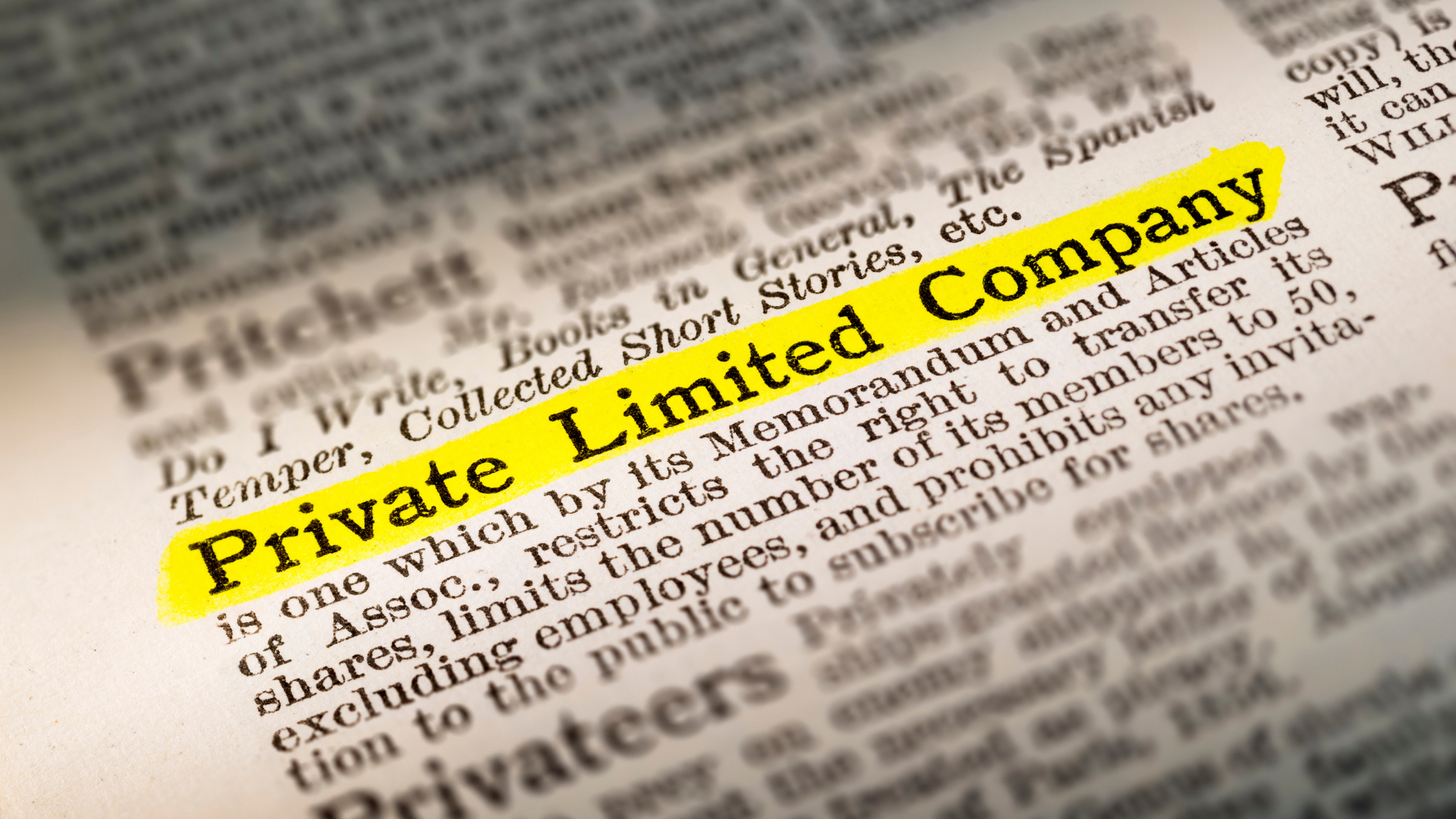A company can issue shares to raise share capital for additional fund requirements. There are different categories of share capital and different type of shares. In this article, we will talk about the classification and types of shares and share capital to help you understand it better.

What is Share Capital?
Every company limited by shares has a share capital. This is the amount that the shareholders invest in the company. Further, the company can alter or increase the share capital as per its requirements provided it fulfills certain conditions. The Memorandum of Association of the company specifies the maximum share capital that a company can raise through the issuance of shares.
You can classify share capital into two broad categories:
- Equity Share Capital – Section 43 of the Companies Act, 2013, defines equity share capital as all the share capital that is NOT preference share capital.
- Preference Share Capital – Section 43 of the Companies Act, 2013, defines preferential share capital as that part of the share capital that has preferential treatment for dividend payouts. Further, this capital is either a fixed amount or calculated at a fixed rate. The company might make it free of or subject to income tax. This capital also has preferential treatment with respect to the repayment of capital when the company winds up based on the Memorandum of Association of the company.
Categories of Share Capital
Here is a list of the different categories of share capital:
- Authorized Share Capital: This is the maximum amount of capital that a company can issue. Hence, if the company wants to issue share capital beyond this amount, then it needs to amend its Memorandum of Association. The amendment must talk about an increase in the company’s authorized share capital.
- Issued Capital: This is the amount of share capital that the company issues to its shareholders. The issued capital is either equal to or less than the authorized share capital of the company.
- Subscribed Capital: When a company issues chares, investors might or might not subscribe to all of them. Subscribed capital is the amount of share capital that the applicants subscribe for.
- Called-up Capital: While making the allotment of shares to the applicants, the management of the Company may ask for the payment of a certain amount on the application. Further, the balance is called at the time of allotment. The company calls-up this capital as per its requirements & is termed as Called-up Capital.
- Paid-up Capital: This is the amount of share capital that the company actually receives.
- Reserved Capital: Sometimes, a company marks a part of the uncalled capital as reserved. It calls-up this capital only when the company is winding up.
Now that you understand the different types and categories of share capital, it is time to look at the different types of shares.
Type of Shares
Shares are of two types:
- Equity Shares
- Preference Shares
Types of Equity Shares
You can classify equity shares into two types:
- Shares with voting rights
- Shares with differential rights as to dividend, voting, or otherwise. Further, this is in accordance with the prescribed rules.
Types of Preference Shares
You can classify preference shares into the following types:
- Cumulative Preference Shares– These shares carry a cumulative right to receive the dividend in the subsequent year. If a company incurs losses in the current year, then it can pay the dividend for the same next year.
- Non-Cumulative Preference Shares– These shares do not carry a cumulative right and involve the payment of dividends every year if possible.
- Participating Preference Shares– The shareholders of this category have the right to participate and get a share in the excess profit of the company after payment of dividend to equity shareholders.
- Non-Participating Preference Shares– The shareholders of this category do not have any right to participate in an excess profit of the Company except the fixed dividend on preference shares.
- Redeemable Preference Shares– The shareholders can redeem these shares to the company during its lifetime. Shareholders can redeem these shares within a period of 20 years from the date of issue. However, certain infrastructural projects may issue preference shares for a period exceeding 20 years but not exceeding 30 years. Further, the redemption limit on these shares in the case of such projects is a minimum of 10% per year from the 21st year onwards or earlier.
- Irredeemable Preference Shares– The shareholders cannot redeem these shares during the lifetime of the company.
- Convertible Preference Shares– The shareholder can convert these preference shares into equity shares according to the terms set at the time of the issue.
- Non-convertible Preference Shares– Shareholders cannot convert these preference shares into equity shares at any point in time.
Summing Up
This is all the basic information that you need to know about share capital and type of shares. As a prospective company owner, understanding them is essential to ensure that you raise funds using the right tools. Look for our share allotment service for details.














